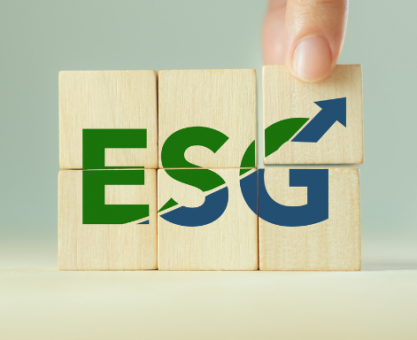Executive Summary
-
Green bonds are becoming a crucial financial instrument for sustainable development.
-
Policy changes in 2025 are expected to significantly impact the growth and structure of the green bond market.
-
Investors and companies are increasingly prioritizing sustainable finance, driving demand for green bonds.
-
Understanding regulatory shifts is essential for leveraging green bonds in investment portfolios.
Introduction
In recent years, the urgency to combat climate change has led to increased interest in green financing options. Green bonds have emerged as a pivotal tool in funding environmentally sustainable projects. With 2025 on the horizon, policy changes are poised to reshape the green bond market landscape. For investors, corporates, and policymakers, understanding these changes is critical. This article delves into the expected policy shifts and their implications, equipping you with the knowledge to navigate and capitalize on the evolving green bond market.
Definitions / Context
Green bonds are fixed-income securities designed specifically to raise capital for projects with environmental benefits, such as renewable energy or pollution control. These bonds are an integral part of sustainable finance, which aims to support projects that contribute to a more sustainable economy.
Benefits / Pros
-
Environmental Impact: Green bonds fund projects that directly contribute to reducing carbon footprints and enhancing environmental sustainability.
-
Investor Attraction: Growing environmental consciousness has made green bonds attractive to a broad range of investors seeking ethical investments.
-
Policy Support: Many governments offer incentives such as tax benefits to issuers and investors of green bonds, enhancing their appeal.
Risks / Cons / Challenges
-
Regulatory Compliance: Issuers must adhere to stringent criteria to ensure that projects qualify as green, which can be complex and costly.
-
Market Volatility: As with any investment, green bonds are subject to market risks, including interest rate fluctuations and economic downturns.
-
Transparency Issues: Ensuring that funds are used as intended requires robust reporting and transparency, which remains a challenge in the sector.
Step-by-Step Process: How to Invest in Green Bonds
-
Research and Identify Potential Issuers: Look for reputable entities with a history of successful green projects.
-
Evaluate Green Credentials: Ensure that the issuer’s projects align with recognized environmental standards.
-
Understand the Risks: Assess the financial health of the issuer and market conditions.
-
Purchase Bonds Through a Broker or Directly: Follow standard procedures for buying bonds, either through a brokerage firm or directly from the issuer.
Take the case of XYZ Corporation, which issued green bonds to finance a large-scale solar energy project. By aligning with new policy incentives in 2025, they not only achieved substantial cost savings but also enhanced their corporate reputation as a leader in sustainable energy solutions.
— XYZ Corporation
Expert Tips / Strategic Insights
-
Stay Informed: Regularly update yourself on policy changes and market trends through industry publications and regulatory announcements.
-
Diversify Investments: Consider a mix of green bonds from different sectors and regions to mitigate risk and optimize returns.
-
Consult Experts: Work with financial advisors who specialize in sustainable finance to tailor your investment strategy.
Tools / Resources / Calculators
-
Green Bond Frameworks: Access guidelines from the International Capital Market Association (ICMA) for green bond issuance.
-
Carbon Footprint Calculators: Use tools to assess the environmental impact of your investments.
-
Sustainable Finance Platforms: Explore platforms like Bloomberg Terminal for in-depth analysis and metrics.
Conclusion
Policy shifts in 2025 are set to accelerate the growth of the green bond market, presenting both opportunities and challenges. By understanding these changes, investors and companies can strategically position themselves to benefit from the rising tide of sustainable finance. Stay informed and proactive to harness the full potential of green bonds in your financial strategy.






















